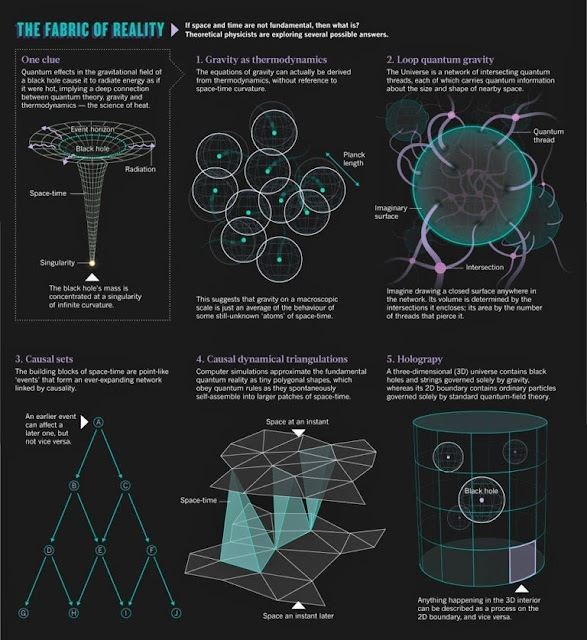Timeline
Extrapolation of the expansion of the universe backwards in time using general relativity yields an infinitedensity and temperature at a finite time in the past.This singularity indicates that general relativity is not an adequate description of the laws of physics in this regime. Models based on general relativity alone can not extrapolate toward the singularity beyond the end of the Planck epoch.
This primordial singularity is itself sometimes called "the Big Bang", but the term can also refer to a more generic early hot, dense phaseof the universe. In either case, "the Big Bang" as an event is also colloquially referred to as the "birth" of our universe since it represents the point in history where the universe can be verified to have entered into a regime where the laws of physics as we understand them (specifically general relativity and the standard model of particle physics) work. Based on measurements of the expansion using Type Ia supernovae and measurements of temperature fluctuations in the cosmic microwave background, the time that has passed since that event — otherwise known as the "age of the universe" — is 13.799 ± 0.021 billion years.The agreement of independent measurements of this age supports the ΛCDM model that describes in detail the characteristics of the universe.
Despite being extremely dense at this time—far denser than is usually required to form a black hole—the universe did not re-collapse into a black hole. This may be explained by considering that commonly-used calculations and limits for gravitational collapse are usually based upon objects of relatively constant size, such as stars, and do not apply to rapidly expanding space such as the Big Bang.




Comments
Post a Comment